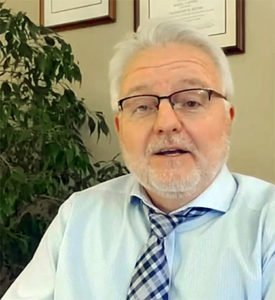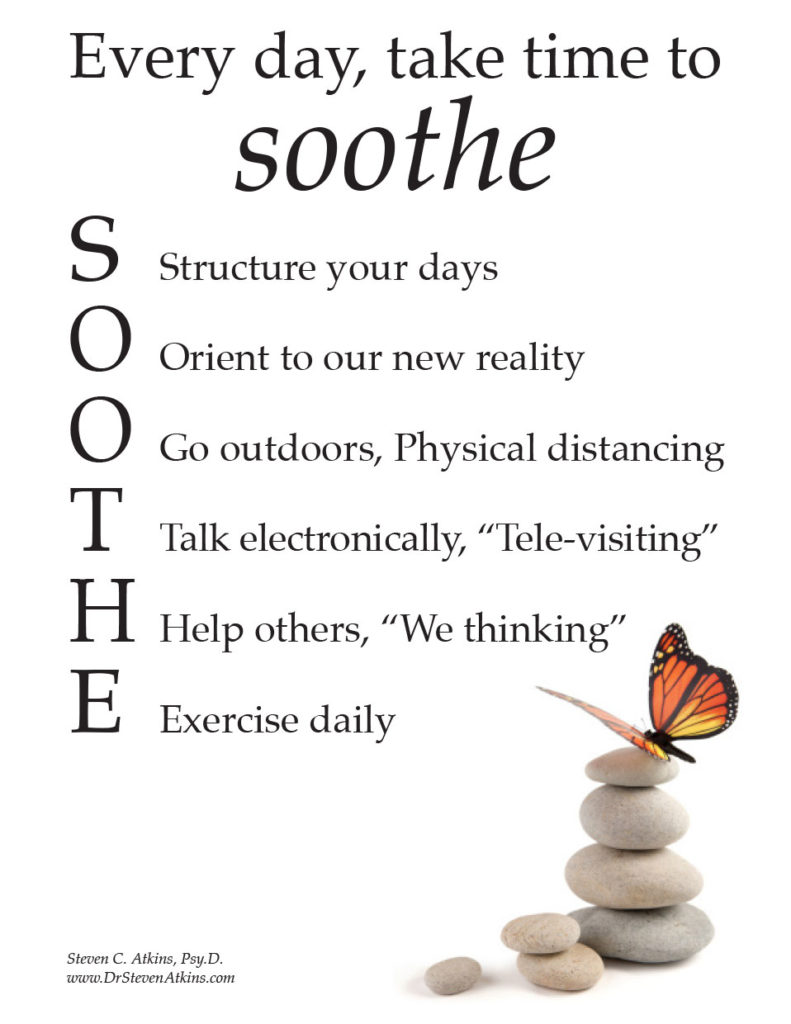Topic #6: The Opioid Crisis
It is not hyperbole to state that this is the worst epidemic in the history of the USA. This initial blog will address what opioids are and what is happening to our citizens.
Opioids are painkillers such as; morphine, methadone, Buprenorphine, hydrocodone, oxycodone. Robitussin A-C to name a few. Opioid drugs are sold under brand names which include: OxyContin®, Percocet®, Palladone®(taken off the market 7/2005), Vicodin®, Percodan®, Tylox® and Demerol® among others. Heroin is also an opioid and is illegal.
Most opioids are prescribed for the treatment of moderate to severe pain. They act by attaching to specific proteins called opioid receptors, which are found on nerve cells in the brain, spinal cord, gastrointestinal tract, and other organs in the body. When these drugs attach to their receptors, they reduce the perception of pain and can produce a sense of well-being. However, they can also produce drowsiness, mental confusion, nausea, and constipation.
The effects of opioids are typically mediated by specific subtypes of opioid receptors (mu, delta, and kappa) that are activated by the body’s own (endogenous) opioid chemicals (e.g., endorphins, encephalins). Have you ever seen a person running in a snow storm or torrential down pour? This is a sign that this person is benefitting from and wanting to continue having an amount of endorphins in his/her system. We all have them and make them naturally and endorphins are helpful to us all.
Repeated administration of opioid drugs (prescription or heroin) causes INHIBITED production of endogenous opioids (aka the “runners high”). Opioid medications can produce a sense of well-being and pleasure which is similar to what we all naturally make. Sadly, by taking prescribed opioids regularly, our bodies begin to shut down the body’s ability to make naturally occurring endorphins. It is as if the body says to itself “Why bother putting effort into this? I need to conserve energy and will focus on another area in the body.”
The down side is that when the body stops making naturally occurring (endogenous) endorphins, discomfort ensues when the drugs are discontinued. Then a snow ball effect begins: the person becomes addicted and feels more pain (i.e., withdrawal) and wants more medication/drug to decrease the pain, which then leads to an increase in dependency.
Opioid medications can produce a sense of well-being and pleasure, but there is a group of folks who report that they do not like, nor can tolerate, how opioid medications make them feel and often stop taking a prescribed medication for pain almost immediately. (More on this in a later blog, but do keep this in mind.)
People who do like how prescribed opioid medications make them feel can slowly begin to intensify their experience by taking the drug in ways other than those prescribed. For example, extended-release oxycodone is designed to release slowly and steadily into the bloodstream after being taken orally in a pill; this minimizes the euphoric effects. An addicted person may abuse this legal medication by crushing pills to snort or inject them which not only increases the euphoria but also increases the risk for serious medical complications. Using/abusing opioid medications in this way is where the danger comes in and why we hear about so many people needing to be revived from abusing both prescribed opioids and heroin. As with any drug/medication, abusing an opioid can lead to dangerous outcomes, including: respiratory arrest, coma, and addiction. When people tamper with long-acting or extended-release medicines, which typically contain higher doses because they are intended for release over long periods, the results can be particularly dangerous.
When a person has become addicted, she/he often will turn to illegal substances to avoid the withdrawal from the “high” associated with pain relief from legally prescribed medications. Heroin is one of these options and is very dangerous since the potency is not regulated and there are often other additives (e.g. fentanyl) which are very dangerous. The number of heroin users in the United States nearly doubled between 2005 and 2012, from 380,000 to 670,000 and the number keeps rising. Heroin abuse, like prescription opioid abuse, is dangerous both because of the drug’s addictiveness and because of the high risk for overdosing.
As noted above, the use of heroin is dangerous and this is compounded by the lack of control over the purity of the drug injected and its possible contamination with other drugs (such as fentanyl, a very potent prescription opioid that is also abused by itself). All of these factors increase the risk for overdosing, since the user can never be sure of the amount of the active drug (or drugs) being taken. In 2010, there were 2,789 fatal heroin overdoses, approximately a 50 percent increase over the relatively constant level seen during the early 2000s. What was once almost exclusively an urban problem is spreading to small towns and suburbs.
Additionally, the abuse of opioids, like heroin, which is typically injected intravenously, is also linked to the transmission of other diseases. Not only has there been a significant spike in addicts and deaths associated with opioid abuse, but there has been an increase in human immunodeficiency virus (HIV), hepatitis (especially Hepatitis C), sexually-transmitted infections, and other blood-borne diseases.
Sadly, in the amount of time it took me to write this blog, there were 4 more deaths (statistically) and many, many more people who required medical attention to be revived from overdoses. Our brave and dedicated first responders (e.g., fire fighters, EMTs and police) are stretched thin due to having to address this national crisis.
In my next segment, I will share with you who is most at risk, how she/he is becoming addicted and what the warning signs are. And as always, if you found this topic helpful/insightful, please feel free to share it.
Dr. Steven Atkins
No es una hipérbole el mencionar que esta es la peor epidemia de la historia de Estados Unidos. Este blog inicial va a enfocarse a que son los opioides y que está pasando con nuestros ciudadanos.
Opioides son analgésicos tal como: morfina, metadona, Buprenorfina, hidrocodona, oxycodone. Robitussin A-C solo por mencionar algunos. Drogas Opioides se venden bajo nombres que incluyen: OxyContin®, Percocet®, Palladone® (los quitaron del mercado env7/2005), Vicodin®, Percodan®, Tylox® y Demerol® al igual que otros.
La mayoría de los opioides son prescritos para tratar dolor moderado a severo. Actual al adjuntarse con proteínas especificas llamadas receptores opioides, los cuales se encuentran en células en los nervios del cerebro, espina dorsal, tracto gastrointestinal y otros órganos del cuerpo. Cuando estas drogas se adjuntan a sus receptores, reducen la percepción del dolor y pueden producir una sensación de bien estar. Aunque, también pueden producir mareo, confusión mental, nausea y constipación.
Los efectos de los opioides son típicamente mediados por subtipos específicos de receptores opioides (mu, delta y kappa) que son activados por los químicos opioides del mismo cuerpo (endógeno) e.g. Endorfinas, encefalinas). Alguna vez has visto una persona correré en una tormenta de nieve o un lluvia torrencial? Esta es una señal de que la persona está siendo beneficiada por o quiere continuar teniendo la cantidad de endorfinas en su sistema. Todos las tenemos y las producimos naturalmente y las endorfinas nos ayudan a todos.
Una administración repetida de drogas opioides (prescrita o heroína) INHIBE la producción de opioides endógenos (conocidos también como euforia). Medicamentos opioides pueden producir un sentido de bien estar y placer similar a lo que experimentamos al generarlo naturalmente. Tristemente, al tomar esta droga prescrita regularmente, nuestros cuerpos empiezan a detener la habilidad natural del cuerpo para producir endorfinas. Es como si el cuerpo se digiera a sí mismo, “porque pones empeño en esto?” Necesito conservar energía y me enfocare en otra parte del cuerpo.”
El efecto negativo de esto es que cuando el cuerpo deja de producir esto naturalmente (endógeno) endorfinas, la incomodidad sobreviene cuando las drogas se discontinúan. Un efecto de bola de nieve empieza: la persona se hace adicta y siente más dolor al retirarse y quiere más medicamento/droga para aminorar el dolor, que con lleva a una dependencia.
Los medicamentos Opioides pueden producir un sentido de bien estar y placer pero hay un grupo de personas que reportan que no les gusta o no toleran como el los medicamentes opioides los hacen sentir y es común que dejen de tomar el medicamento prescrito inmediatamente para el dolor. (Habrá más información de esto en otro blog, pero tenlo en mente.)
Las personas que no les gustan como los hacen sentir los medicamentos opioides prescritos pueden intensificar su experiencia lentamente al tomar la droga de otras maneras aparte de la indicada. Por ejemplo, lanzar oxycodone por periodos extensos está diseñado para entrar lentamente y tranquilamente a la torre sanguínea a través de una pastilla vía oral, esto minimiza los efectos eufóricos. Una persona adicta puede abusar de este medicamente legal al convertir en polvo las pastilla, inhalar o inyectar el polvo que no solamente incremente la euforia sino también incrementa el riesgo de complicaciones medicas serias. Usar o abusar de los medicamentos opioides de esta manera donde el peligro está latente es el motivo del porque muchas personas necesitan ser revividas por abusar de opioides prescritas al igual que la heroína. Como con cualquier medicamente o droga, abusar de un opioide puede llevar resultados peligrosos incluidos: paro respiratorio, coma y adición. Cuando las personas toman estos medicamentos por periodos extensos, los cuales normalmente contiene dosis mayores porque son prescritas para ser tomados entre periodos largos, pueden resultar particularmente peligrosos.
Cuando una persona se hace adicta él o ella empieza a buscar sustancias ilegales para evitar el efecto de retirarse de los medicamentos que eliminar el dolor que les causo los medicamentos legales prescritos. La Heroína es una opción y es muy peligrosa ya que su potencia no está regularizada y es común que tenga otros aditivos (eg. Fentalino) que es muy peligrosa. El número de consumidores de Heroína en los Estados Unidos se a duplicado entre 2005 y 2012 de 380,000 a 670,000 y el numero sigue incrementando. El abuso de la Heroína al igual que el abuso de los opioides prescritos, es peligroso por lo adictivo de la droga y porque alto riesgo de una sobredosis.
Como se menciona anteriormente, el uso de la heroína es peligrosa y esto es agravado por la falta de control de la pureza de la droga inyectada y su posible contaminación con otras (como la fentalino, un opioide muy potente prescrito que abusa de sí mismo). Todos estos factores incrementan el riesgo de sobre drogarse, ya que el usuario nunca puede estar seguro de la droga activa (o drogas) que se injieren. En el 2010, hubo 2,789 sobredosis fatales de Heroína. Aproximadamente un 50% de incremento sobre un nivel constante durante el año 2000. Lo que era un problema urbano exclusivo ahora se está extendiendo a pueblos pequeños y suburbios.
Adicionalmente, el abuso de los opioides como la heroína que típicamente es inyectada intravenosamente, está unido con la trasmisión de otras enfermedades. No únicamente ha habido un pico significante en los adictos y muertes asociadas con el abuso de los opioides sino que ha habido un incremento de muertes y incremento del virus VIH, hepatitis (especialmente Hepatitis C), infecciones trasmitidas sexualmente y otras enfermedades de sangre.
Tristemente, durante el tiempo que me tomo escribir este blog, hubo 4 muertes (estadísticamente) y muchas, muchas personas que requieren atención medican para ser revividos de sobredosis. Nuestros valientes bomberos, policías están muy ocupados dado a esta crisis nacional que deben de atender.
In my next segment, I will share with you who is most at risk, how she/he is becoming addicted and what the warning signs are. And as always, if you found this topic helpful/insightful, please feel free to share it. Dr. Steven Atkins
En mi próximo segmento, voy a compartir con ustedes quien está más en riesgo, y como él o ella se está siendo adicto y cuáles son los signos de alerta. Y como siempre, si encontraste este tema interesante por favor siéntete con la libertad de compartirlo.
Dr. Steven Atkins.




